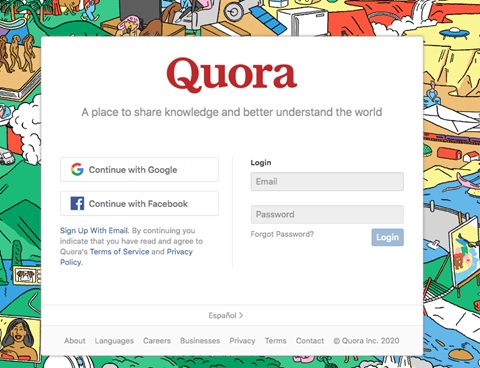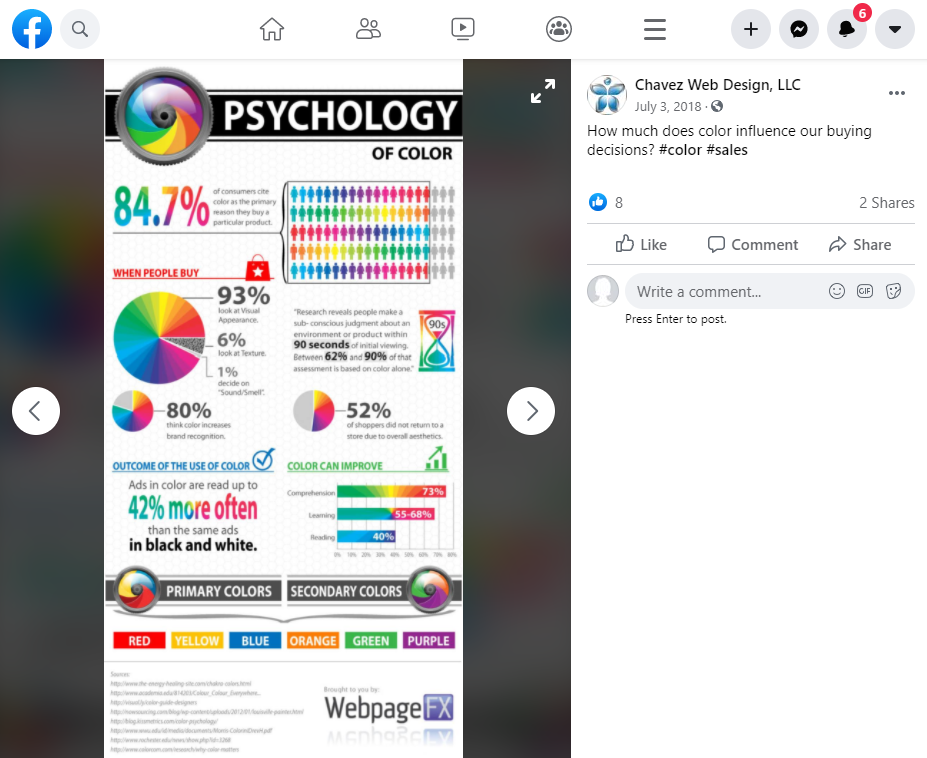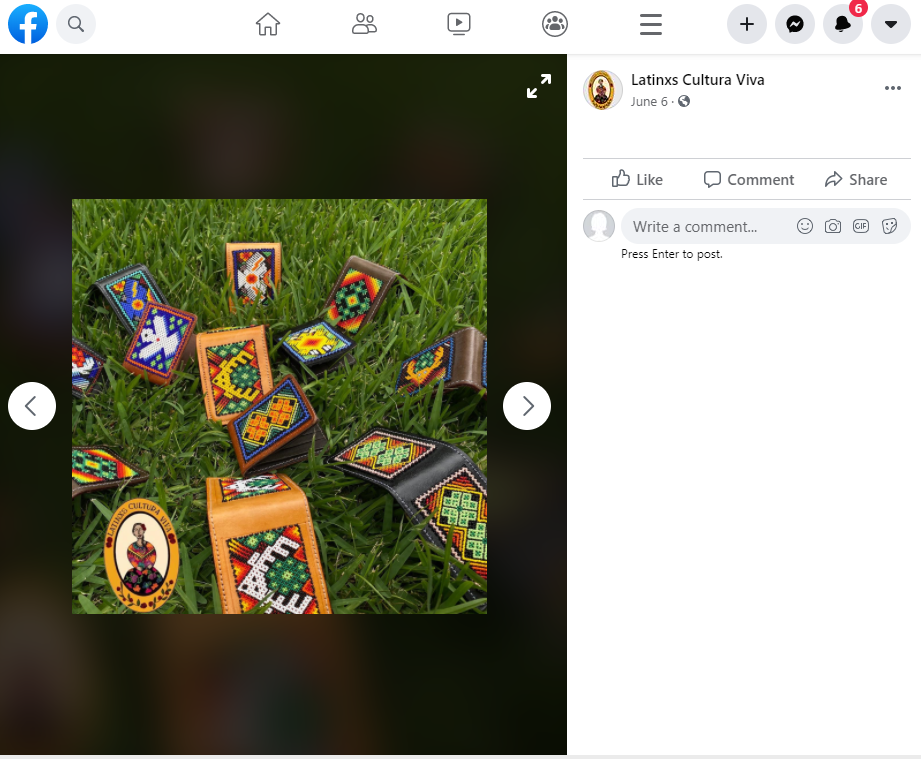
How To Write The Perfect Blog Article – 6 Proven Strategies
How to write the perfect blog article in when inspiration just won’t come? Sometimes you will spend hours around the same two lines over and over again. Editing, deleting, editing again…
If you’re reading this, I’m sure you can relate.
Writing great pieces of content is not an easy task, but when you have the right tools, it can become an amazing, fun, and fulfilling experience.
- Let me share with you some of the best tools I use to create engaging pieces of content. The best part is you can start using them right away.
1 Getting started

If you struggle each time you put yourself in front of a blank page, maybe the first thing you need to do is to define your process. This may sound complicated but it is super easy and can help you write more in less time.
For example, whenever I start writing a new piece of content, my process goes as follows:
Search for my keyword and pay special attention to the first results
You don’t have to read five times each article you find. Usually, the three most popular results can give you a really good idea about what the topic is about. Ask people involved and attack the subject from your perspective.
Take notes about the critical points
No brainer here. Just write down everything that seems relevant to your investigation. Remember you don’t have to get critical. Just write down things you find interesting. You’ll pick and choose from those notes later.
Create a list of all the subtitles that can be relevant to the topic
The same as the last point. As you research you’ll find some ideas that are more relevant than the rest of them. Write them down as a topic list. This list will help you develop in detail each relevant point.
Decide the structure of your article
Choose how you are going to approach the subject. You can create a list, a case study, an anecdotal post… Check the best approach for you and your audience, and go for it!
Start from the beginning
This may seem obvious but start with your intro. It helps you set your tone and approach. And as it does not require you to be an expert on the subject, it can relax your writing muscle, while you accomplish the first block of your article.
Not bad, right?
2 Choose the right topic

Now that you have decided on your writing process, the next step to writing the perfect blog article is to choose what to write about.
It will always work better if you write about things you like and know about. But if you want people to read your blog, you also need to know their interests. What do they want to read about?
The good news is that the internet has a couple of good answers for you.
Find your audience
There are many ways to know what people are interested in. Here are some things you can do to find out what itches your audience’s heads at night.
Comment section
Dive into your old posts comment section and pay attention to what people are talking about. Maybe the best post idea is already there.
Quora
People go to Quora to ask questions. You can explore any topic there, and find out exactly what people are asking about that specific topic.

Forums and Facebook groups
Reddit is an unending source of popular opinions. You can also find Facebook Groups for your specific niche. Remember these forums and groups are usually where people go to ask questions, but also to find a tribe.

Amazon book reviews
What’s great about this option is you can search for your topic at Amazon, and immediately find about the books, methods, and ideas people are actually paying for.
Take a look at the complaints, and check what do people complain about

SEM Rush
The last thing you want is to write about something that nobody is searching for. By going to SEM Rush and clicking on the “Keyword Overview” tab, then you can see the volume of that keyword, keyword difficulty, related keywords, and much more. Ideally, you want your article to have three elements.
1) High search volume
2) Low competition and
3) High intent to buy.
The chances of having a successful article increases significantly by doing this research upfront.

As you can see, those are obvious steps, but if you get used to following them each time, it will help you focus and avoid wasting time.
Get in touch with your brand
So you did your research, came out with amazing topic ideas from Facebook groups and Quora questions, but now you have a couple of amazing options and you don’t know which one you should write first.
Well, the tiebreaker should be easy to find with one question: Which one works better for your brand? You may find an inspiring blog about composting, but if you write about Scandinavian design, maybe you should try something around that idea.
Put yourself in your customer’s shoes.
If you have a flower business, your most recurrent questions maybe something like: “how do I get to more customers?” or “How to find a good delivery?” but your customers are asking entirely different questions. One great tool to use is called answerthepublic.com. It gives you many questions that people are asking on the internet around your key topic. Here you can find related questions to your main topic and include them within your blog post.

Those are the ones you need to know, but foremost, the ones you need to answer. You can find those questions in forums or Facebook groups as mentioned before.
Create a topic list
You will come out of your research with a big list of possible topics. Your next step should be to write them all down. Do not just write the ideas or possible title, write a little description, and the link that can take you there.
That way you will always have a growing list of possible topics to write, and the next time you can skip entirely the first two steps, and go straight to choosing your post for today.
3 Write an engaging header

People will decide if they will give you their attention as a result of the words you put in your header. So it is worth giving it a good thought.
Keep your header simple
According to Buzzsumo, there are many elements that create an engaging header people will want to share. Here are some of their findings and the way you can use them to hook your audience.

“Data will make you write amazing headers”
Headers with the words “will make you” have proven to be highly engaging for many audiences.
These three words work as a link between ideas and promises a high emotional reward as a result of consuming your content –which is awesome! But remember, once you made that promise, you have to deliver.
Some headers with that structure could be
- 10 kittens That Will Make You Feel Better About The World
- This grandpa’s surprise Will Make You Tear Up
- 25 psychological tricks that Will Make You a more relaxed person
Get emotional
The use of emotional phrasing can help you get more views and more shares. Some emotional claims on a header can look like this:
- Make you cry
- Shocked to see
- Make you feel alive
- Melt your heart
Give explanations
We all love simple explanations, and if we are promised to understand something complex by reading a piece of content, we may click on it.
Try using words like:
- This is why
- The reason is
For example, you can use:
- This is why you take so long writing blog posts
- And this is the reason your dog won’t stop biting
4 Optimize your post for SEO
Do NOT underestimate the power of SEO. By putting the right words into the right places you can use search engines to your favor and get noticed by the right audience.
Let me show you some of the tools and methods from Backlincko I’ve been using for the last couple of years.
Shorten your URLs
Keep your URL short and tidy. That’s the best way to tell search engines (and people) what your page is about.
Avoid URLs that look like this
www.MyBlog.com/FMfcgxwKjxHVNpZdfWQkmbjWmShNDHph_DHph%QkmbjW*/FMfcgx
And try to make them all look like this:
www.MyBlog.com/How_to_write_good_articles
Hosting services like WordPress, lets you change the structure of your permalinks. This way, every new post will look just right.

To get a detailed explanation on how to do it by yourself, this video from Visualmondo can teach you how to do it in 5 minutes.

Improve your meta descriptions
Your meta description does not influence directly SEO optimization. What it does, is giving your a
udience a preview of your post, in just a few characters.
For instance, if you ask Google “How to sell my car?” you will see this first results and meta description.

As you can see, the meta description lets you know if that’s what you’re looking for.
Instead of just copy-pasting segments of your post, use these characters to prove to the audience you know what you’re talking about.
Just ask the question “Why should people stop and read my content?” in a tweet, and there you have it!
You can use Portent to test your page URL, title, and meta description, before publishing content, to make sure it looks exactly how it should.

Put your keywords in the right places
Using your keyword on the title lets search engines know what you are writing about. But if the rest of your content doesn’t make sense, you won’t have a chance against your competitors.
That’s why it is so important to use your keyword wisely.
Use it on your title. This will help search engines, but it also helps your audience.
Put it on your first paragraph, and use it a couple more times along your article. Just do not force it.
If you want to optimize your content, even more, there are subscription tools, like SEO Surfer that can give you very detailed information about your keyword and how to use it.

5 Giving your post the right format

Congratulations. By now you should have all the ingredients you need to write a compelling blog post. The thing is, just as eggs, milk, and flour are not a cake yet, your information needs a couple of things before becoming a blog post.
Take advantage of your paragraphs and subheaders
One of the big benefits of using subheaders is you end up writing dozens of mini-posts that can come together to tell a whole bigger story.
When you have a list of possible topics within your topic (your subheaders) the writing process becomes friendlier. Now you can write and expand as much as you need in dozens of mini-articles, about many related topics, instead of writing a thousand words about ONE topic.
Use bullets and lists
There are a couple of things worse than trying to read a big chunk of letters. That’s why you want to break all the information as much as you can, in every way possible. Here’s where bullets and lists come to play.
People use to skim through blog posts and articles before they decide to read them. When you use subheaders, you help them understand what the post is about, so they can realize they want to know more.
If you have 3 or 4 tips you want to share, maybe you can find a couple more and turn that into a list called “My top 5 strategies to get comments on Instagram”.
Be creative. Sometimes the best way to say something is to just write it as it goes; but sometimes you can rearrange the information into smaller, easier to understand chunks presented as a list.
Use images
Images do say more than a thousand words, but what’s best is they can help you connect with your audience on another level.
Remember we talked about adding an emotional component to your writing? Well using compelling images can help you not only to illustrate your point. But also can help you to connect with your audience on an emotional level.
If it all possible always use original images. However, if you don’t have any original images, then you will want to buy stock photography images. We like to use depositphotos.com because they offer great images at a very affordable price. There are a lot of other websites that claim to offer you free images. However, just because it says free it doesn’t really mean it’s free. One time we had a situation where a client used an image from a website that said “Free wallpaper images”. Next thing you know our client gets a nasty letter saying that they needed to pay $1200 for copyright infringement. It may be tempting to grab any image from the internet, but it’s better to pay $1 with depositphotos.com and not have to worry about it.

Take a look at your forums or Facebook groups and check which type of visuals they use. Chances are your posts will become more attractive and engaging.
Proofreading
Most word processors (like Word or Google Docs) can spell check your writings. Even with that, there are a lot of little details that won’t pop out.
What you should do is to spell check the entire document, and then read it again to make sure things still make sense.
There are a couple of tools you can use to make sure your post came out concise and easy to understand.
Grammarly – It helps you find not-so-obvious grammatical mistakes and improve your speech

Hemmingway App – This web app helps you keep your post simple and easy to understand.

6 Promote your content on Social Media
To write the best blog post is not just about the writing part, but also about getting people to read it.
As you can see from this study by eMarketer, 71% of internet traffic is leading to a social media platform.

That’s a very good reason to take a look at these tips on how to promote your content on social media.
Cast yourself
Seriously. Open your camera, hit REC, and tell your audience, with your own words, why they should read your blog. Platforms like Facebook prioritizes this kind of content and can help your followers to know the person behind the keyboard. Many people think they need a high-end camera, but many of the cell phones from today can take high-quality video. Just make sure you have plenty of lighting
Post phone friendly content
Social media is the reason why we cannot put our phones down. According to Backlinko, 98% of users access social media using a mobile device. But 78% of them access their networks using ONLY a mobile phone. That’s why all your content has to be friendly with mobile devices.
Conclusion

As you can see, writing the perfect blog article may seem challenging at first. The truth is with the immense amount of learning platforms and online services we have, you can master this skill within days.
Which tool are you going to use first? Are you going to develop your topic list? Or maybe start dropping more emotional words on your headers?
Tell me your favorite strategies, and if you have a different, better one, please let me know!
Written by Luis Chavez and Salvador Mendez
If you enjoyed reading this blog article, then make sure to read 21 Best Marketing and Sales Tools
SOURCES:
https://www.grammarly.com/blog/how-to-write-a-blog/
https://optinmonster.com/7-tips-to-write-a-blog-post-that-converts/
https://neilpatel.com/blog/how-to-write-blog-post/
https://www.quicksprout.com/how-to-write-a-blog-post/
https://backlinko.com/write-a-blog-post
https://backlinko.com/social-media-users
https://buzzsumo.com/blog/most-shared-headlines-study
https://mailchimp.com/resources/create-thumb-stopping-social-content/


































![Best Social Media Calendar [Infographic] With Real Examples](https://chavezwebdesign.com/wp-content/uploads/2020/08/socialmediaimage.jpg)






































